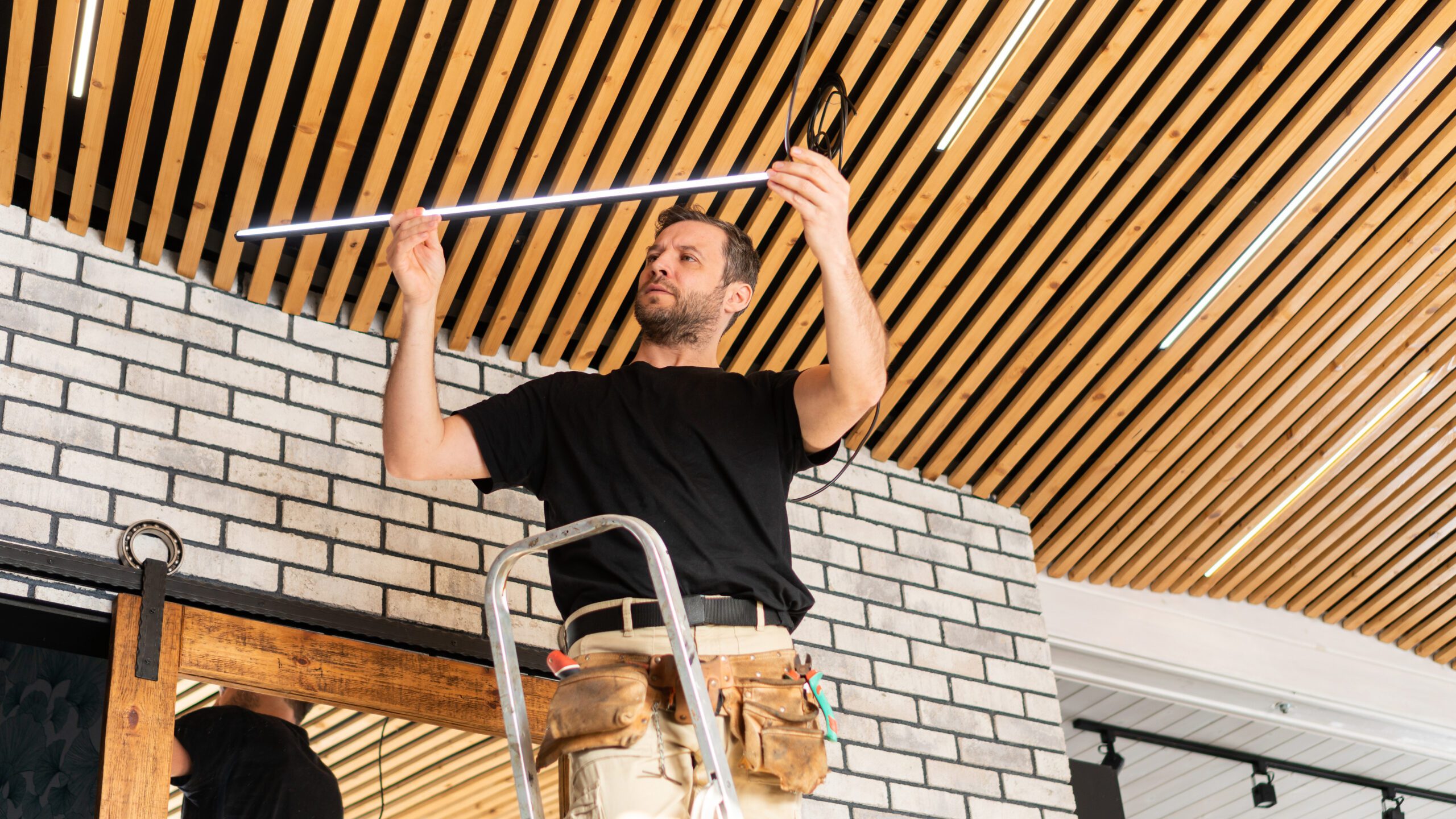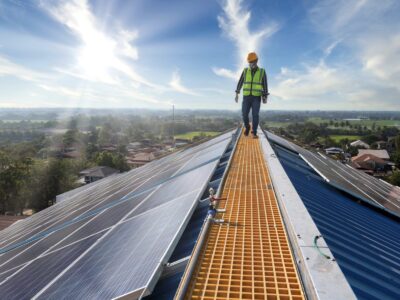Low-voltage appliances, those that use 50 volts of energy or less, can make a big difference in your home energy bill and improve appliance safety. In the past, a low voltage was common in garage door openers, fire alarms, security systems, and doorbells. Now a range of appliances can significantly reduce carbon emissions and costs while improving performance.
Generally, electrical appliances that operate on lower voltages use low-voltage technology such as knife switches, conversation switches, air circuit breakers and fuses. These systems are masters of energy efficiency when used in automatic and manual appliances. In fact, green energy sources such as solar, wind, and hydropower provide low direct currents. New devices often combine low- and high-voltage sources to improve cost, performance, and efficiency. If you are looking to reduce your home’s carbon footprint, seek out low-voltage, high-efficiency refrigerators, ovens, washers, and dryers.
Reducing emissions isn’t the only advantage of going low voltage. Because low-voltage power appliances and systems generate less heat than traditional counterparts, they have a greater safety record.
In particular, low-voltage wiring is much safer than the high-voltage version, noticeably reducing the risk of electric shock and fire. Reducing heat generation also reduces a household’s overall cooling needs.
Using low-voltage lighting is an easy way to move your household to low voltage. They are highly energy efficient, and LED lights are brighter than higher voltage incandescent bulbs and use only 20% of the power.
Low-voltage outdoor lighting is becoming more popular for gardens, decks, and outdoor living spaces. With a unique look and significant cost reduction, this exterior lighting is also making its way to business exteriors and city streetscapes. Low-voltage exterior light bulbs last up to 60 times longer than incandescent options, adding additional savings in how often bulbs must be replaced. Overall, safety concerns of working outdoors with electricity are reduced by using lower voltages.
As the U.S. works to reach net-zero carbon emissions by 2050, using less electricity is a home-by-home change that adds up to a massive difference. New homes and construction guidelines nationwide are shifting to using energy-efficient appliances, lighting, and wiring. Even updating smaller devices such as toasters, microwaves, hair dryers, vacuum cleaners, and coffee makers to low-voltage versions will reduce household energy use. These minor updates can improve your home’s safety and contribute to a greener, more sustainable power grid for the future.





